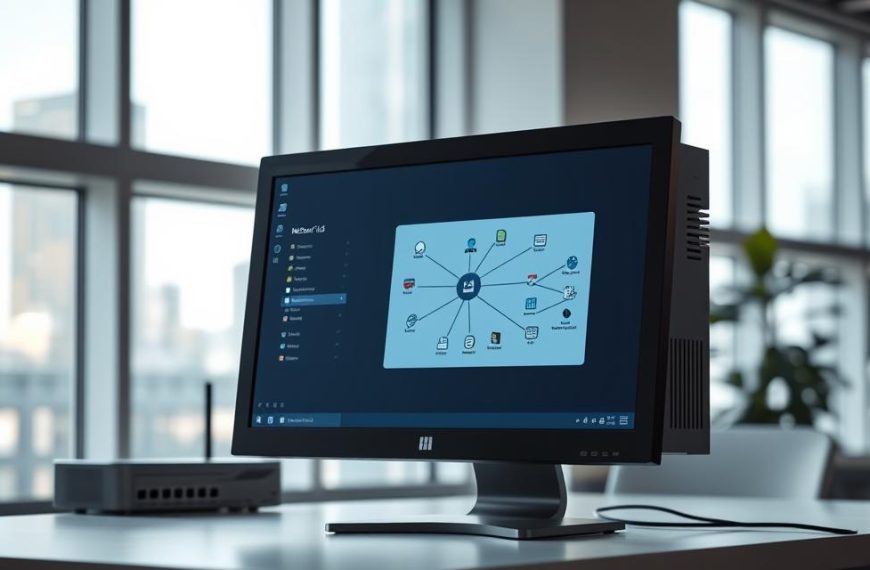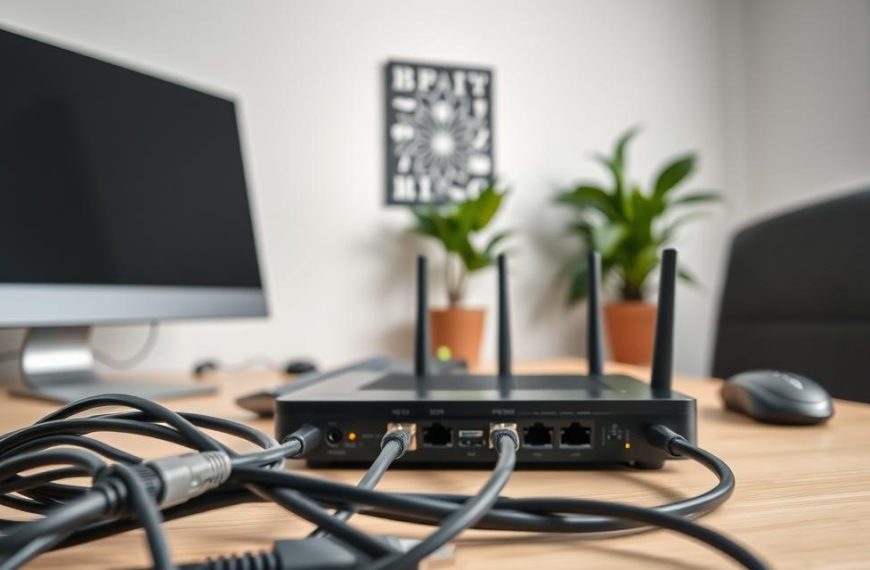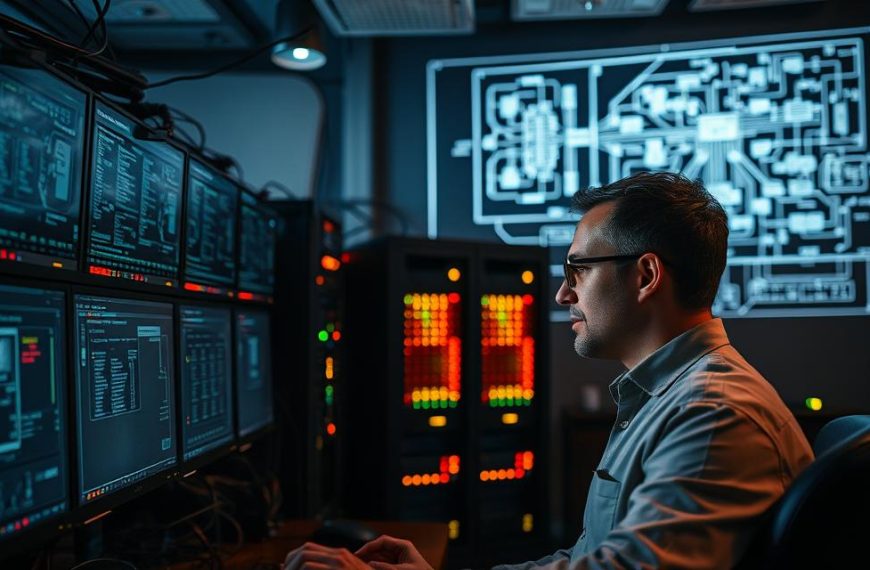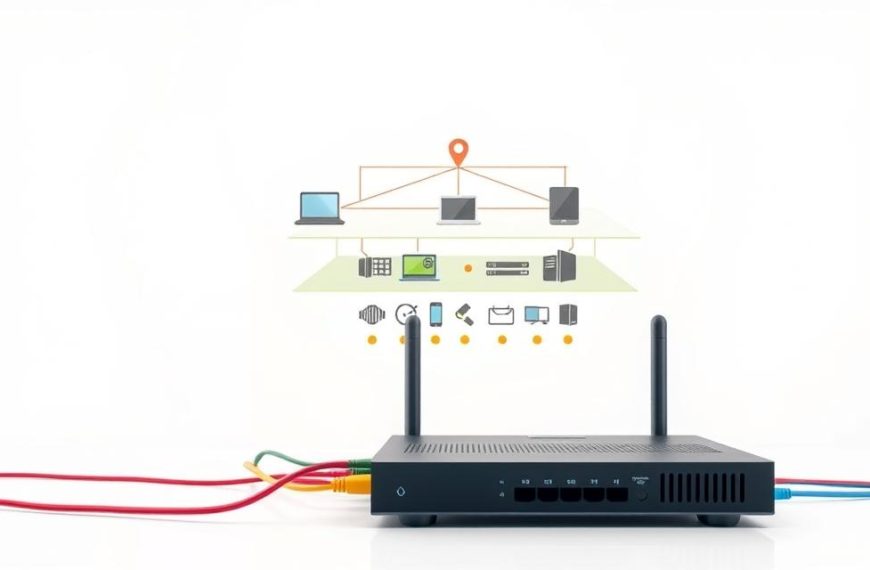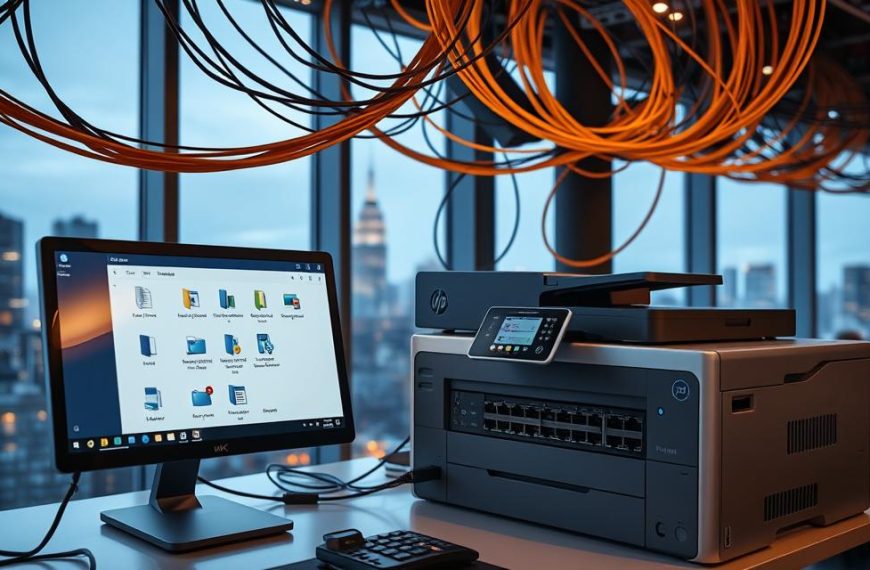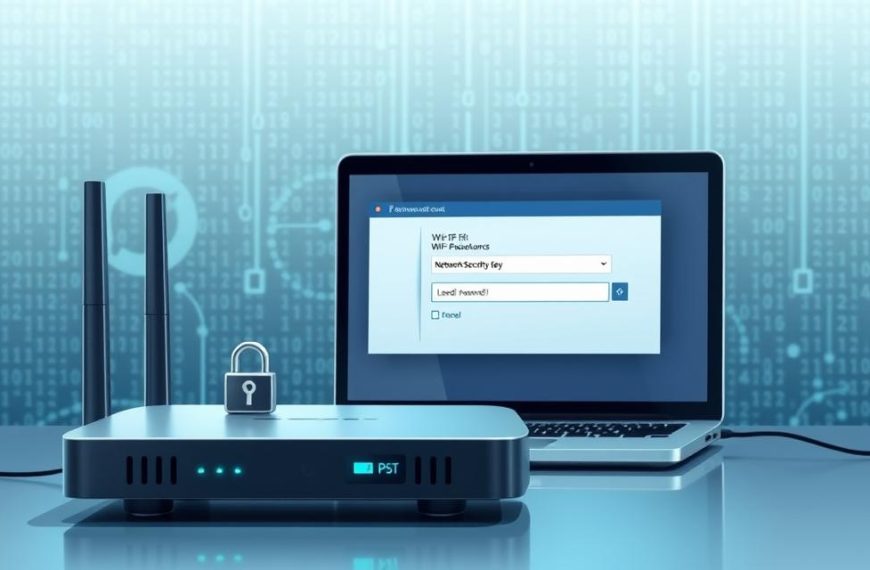In today’s digital world, cities need strong networking. A metropolitan area network is key for city-wide communication. It connects many local networks across urban areas.
This setup allows fast data sharing between places in a city. Companies get to share resources easily and access the internet smoothly.
The man network is important between local and wide area networks. It helps send voice, video, and data over large city areas. This supports both business and public needs.
Urban areas depend on these networks for their digital setup. The tech ensures reliable internet across different parts of the city. It makes a unified digital space for everyone.
Understanding Metropolitan Area Networks: Core Concepts
Metropolitan Area Networks are key in connecting local and wide area networks. They help organisations stay connected across cities. This ensures high performance and smooth communication.
Defining the Metropolitan Area Network
A Metropolitan Area Network (MAN) links many Local Area Networks in a city. It lets businesses and institutions share resources and talk efficiently across locations.
It covers areas from 5 to 50 kilometres. This makes it perfect for linking corporate campuses, government buildings, and schools in cities.
Key Characteristics of MAN Infrastructure
MAN infrastructure has unique features. It uses fibre optic cabling for high bandwidth and reliability.
These networks are fault-tolerant and handle data well. They are stable, making them great for critical tasks where downtime is not allowed.
Comparing man vs lan, MANs cover bigger areas and perform better than WANs.
Historical Development of Metropolitan Networking
The journey of metropolitan networking started in the late 1990s. LAN technology was already strong, but connecting buildings was hard. It relied on public phone networks.
These old systems had problems with traffic and bandwidth. The change came with single-mode optical fibre lines. They met the needs of connecting LANs.
Fibre-based solutions replaced old networks. This led to modern MANs with better performance. It changed how we compare man vs wan for city-wide connections.
| Network Aspect | Pre-1999 Solutions | Modern MAN Implementation |
|---|---|---|
| Primary Medium | Telephone Lines | Fibre Optic Cabling |
| Maximum Coverage | Limited by PSTN | 50 km Radius |
| Reliability Rating | Moderate | High |
| Data Handling | Traffic Spikes Problematic | Optimised for High Demand |
What Is a MAN Computer Network: Technical Fundamentals
Exploring the technical basics shows how metropolitan area networks achieve great connectivity. They use smart designs and advanced tech to make strong networks for cities.
Network Architecture and Topologies
Metropolitan networks often use ring or mesh topologies for better reliability. These setups have extra paths for data, keeping the network running even if one link breaks.
The ring design is great for metro ethernet. It makes a circle for data to move in both ways. This makes the network more reliable and easier to manage.
Transmission Media and Technologies
MANs use both wired and wireless methods, each with its own benefits. The choice depends on the need for bandwidth, cost, and the area’s layout.
Fibre Optic Cabling Systems
Fibre optic cables are key in most modern networks. They use light pulses to send data fast and far, with lots of bandwidth.
The benefits of fibre optic man systems include:
- Very fast data transfer
- Strong against interference
- Data stays clear over long distances
- Secure against spying
Wireless MAN Technologies
Wireless options are good when cables can’t be used. They use radio waves to connect across cities.
WiMAX is a top wireless man tech. It covers up to 50 km and has lots of bandwidth.
Wireless networks offer:
- Easy setup without digging
- Cost-effective in hard-to-reach areas
- Scalable for growing cities
- Supports mobile users
Protocols and Standards Governing MANs
Standards make sure different parts of the network work together. Many groups and protocols help manage metropolitan networks.
The Metro Ethernet Forum (MEF) is key in setting carrier Ethernet standards. They make rules for networks to work together smoothly.
Multiprotocol Label Switching (MPLS) is also important. It helps data move between nodes using short labels, not long addresses.
| Protocol/Standard | Primary Function | Key Benefits |
|---|---|---|
| MEF Standards | Carrier Ethernet Definition | Interoperability, Performance Metrics |
| MPLS | Traffic Engineering | Improved Speed, Quality of Service |
| IEEE 802.16 | Wireless MAN Specification | Wireless Broadband Access |
| SONET/SDH | Fibre Optic Transmission | Synchronisation, Reliability |
These parts work together to make efficient, reliable networks. The mix of strong design, advanced tech, and standards powers today’s city connections.
Comparing MAN with Other Network Types
To understand where metropolitan area networks fit, we need to compare them with other types. This helps organisations choose the right network for their needs and location.
MAN vs LAN: Local Area Networks
Local Area Networks are for small areas like buildings or campuses. They offer fast connections but can’t reach far. Metropolitan Area Networks cover more ground and work well.
LANs are for one place, while MANs link many places in a city. This is a big man advantage for businesses with many locations.
Speeds are different too. LANs are faster in small areas, but MANs balance speed with area coverage.
MAN vs WAN: Wide Area Networks
Wide Area Networks cover huge areas, like countries or continents. They focus on reaching far, not on speed. This is different from metropolitan networks.
MANs are in between LANs and WANs. They cover more than LANs but perform better than most WANs. This makes them great for city-wide needs.
Setting up WANs often needs third-party help, but MANs can be controlled more directly.
MAN vs PAN: Personal Area Networks
Personal Area Networks are the smallest, connecting devices close to us. They use Bluetooth or USB and cover just a few metres.
PANs are for personal device links, while MANs handle city-wide communications. Knowing these differences helps plan the right network for specific man applications.
Each network type has its own role in today’s connectivity world. Metropolitan Area Networks are key for city-scale operations, balancing performance and area.
Key Applications and Use Cases
Metropolitan Area Networks are key for many organisations and services in cities. They provide fast internet across different places in a city. This makes them vital for today’s infrastructure.
Municipal and Government Applications
Local governments use MANs for smart city projects. These networks link buildings, traffic systems, and public services together digitally.
Smart city uses include:
- Real-time traffic monitoring and control systems
- Integrated public safety and emergency response networks
- Environmental monitoring through connected sensors
- Digital public service delivery platforms
When setting up a MAN for local use, authorities focus on strong security. This protects citizen data and important infrastructure.
Educational Institution Networks
Universities and big school districts use MANs for campus area networks (CANs). These systems link buildings across campuses, making sharing resources easy.
Educational MANs help with:
- Centralised learning management systems
- Digital library resources accessible across campuses
- Collaborative research projects between departments
- Administrative systems serving multiple facilities
“Metropolitan networks have changed how schools manage their digital setup. They create connected learning spaces across campuses.”
Business Campus Connectivity
Big companies with offices in a city use MANs to keep operations smooth. These networks ensure apps work well for business.
The benefits for businesses are:
- Unified communication systems across locations
- Centralised data storage and backup solutions
- Shared access to enterprise resource planning systems
- Consistent security policies across all facilities
Setting up a MAN for business needs careful planning. This includes thinking about growth and security to protect company assets.
Service Provider Infrastructure
Internet Service Providers (ISPs) use MANs to offer fast internet in cities. These networks are between local and wide area networks.
ISPs gain from:
- Efficient bandwidth management across service areas
- Scalable infrastructure to support growing subscriber bases
- Reduced latency for premium service offerings
- Centralised management of network resources
| Application Type | Primary Benefits | Security Considerations | Typical Scale |
|---|---|---|---|
| Municipal Networks | Integrated public services | Data protection regulations | City-wide coverage |
| Educational CANs | Resource sharing | Student data privacy | Campus connectivity |
| Business Campuses | Operational consistency | Corporate data security | Multiple locations |
| ISP Infrastructure | Service delivery | Subscriber protection | Metropolitan coverage |
Each use shows how versatile metropolitan area networks are. They meet different connectivity needs while keeping performance high.
Implementation Considerations and Best Practices
Setting up a metropolitan area network needs careful planning and smart implementation. MANs bring big benefits for city connections. But, network architects face big challenges to make sure the network works well and is safe.
Planning and Design Strategies
Good MAN setup starts with detailed planning. Network architects should do full site surveys and traffic studies before starting.
Key design points include:
- Fibre optic cable routing and capacity planning
- Router and switch placement optimisation
- Redundancy and failover system integration
- Scalability considerations for future expansion
Thinking about man disadvantages early on helps avoid problems and cost issues.
Security Measures for Metropolitan Networks
Metropolitan networks face special security risks because of their wide reach and many entry points. It’s vital to use strong security measures.
Important security steps are:
- Multi-factor authentication systems
- End-to-end encryption protocols
- Advanced firewall configurations
- Regular security audits and vulnerability assessments
These steps help fight off hacking, DDoS attacks, and unauthorised access.
Performance Optimisation Techniques
Network congestion is a big issue in cities. To solve this, you need smart traffic management and quality of service.
Good methods include:
- Bandwidth allocation and traffic shaping
- Load balancing across multiple pathways
- Latency reduction through optimal node placement
- Regular performance monitoring and adjustment
These steps help keep the network fast even when it’s busy.
Maintenance and Management Approaches
Keeping the network running well is key for MANs to last. Good management stops problems and keeps the network reliable over time.
Important management steps are:
- 24/7 network monitoring systems
- Preventative maintenance schedules
- Rapid response protocols for故障排除
- Documentation and change management procedures
These actions help MANs stay up-to-date with new tech needs.
Doing things right turns man disadvantages into manageable parts of city networks. Smart planning and ongoing improvement lead to a bright future of man networks in smart cities and digital changes.
Conclusion
Metropolitan area networks are key for modern cities. They connect local and wide area systems, making data sharing easier. This is great for companies with many locations, as it offers fast data transfer.
Cisco Systems and CERN use MANs for their networks. New York and London have public Wi-Fi and fibre networks. These help with smart cities, IoT, and public services.
MANs will get even better with 5G and autonomous vehicles. Keeping these networks safe is now more important than ever. Strong security measures are needed to protect data and ensure reliable service.
Knowing about metropolitan area networks helps companies choose the right solutions. These networks will keep growing to meet new needs and demands.




